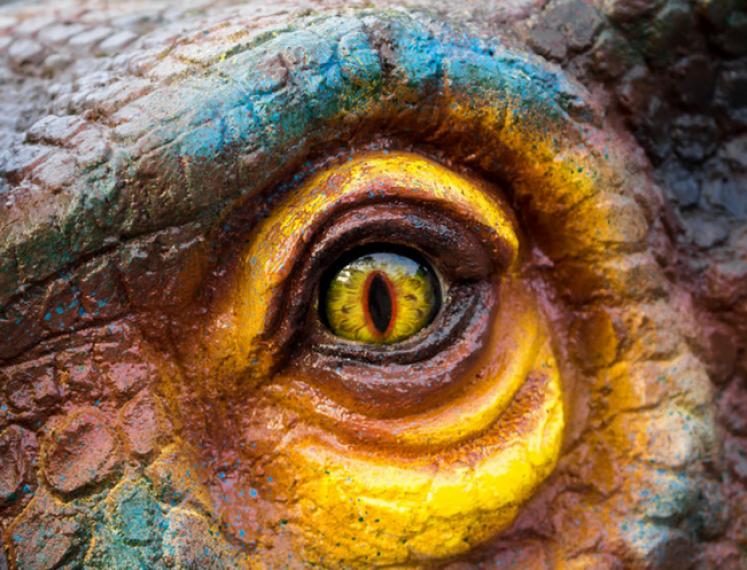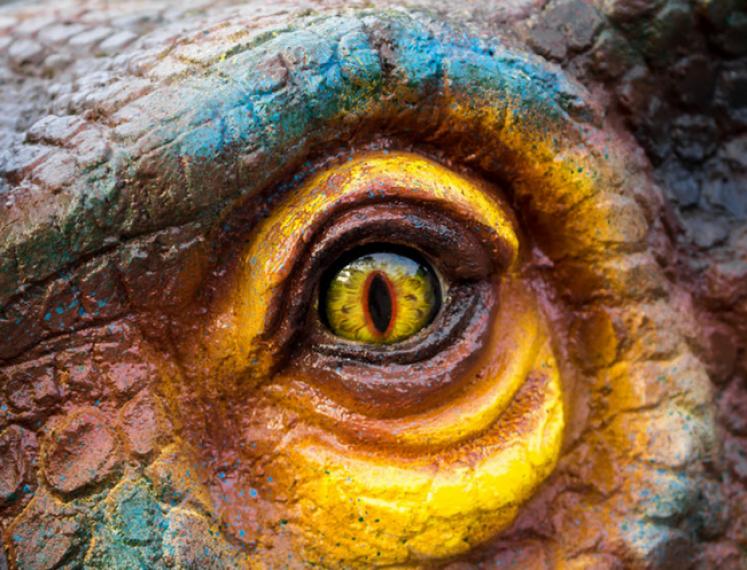
Brawn and Brains
Why are dinosaurs so appealing to us? How much do we really know about them? Can we learn something from these giant creatures? Next week we’ll kick off with our lecture series about Dinosaurs. First up in this series is The Rise and Fall of the Dinosaurs by paleontologist Steve Brusatte on the 15th of September. Because of the travel restrictions during the pandemic, he’ll do his talk online. Want to join this online session? Register here.
Steve Brusatte is currently a Reader in Vertebrate Palaeontology at the University of Edinburgh in Scotland. Steve has traveled around the world digging up dinosaurs and, working with many international colleagues, has named more than 15 new species. He has written several books, most notably the popular science book The Rise and Fall of the Dinosaurs (2018). We asked him three questions.
Q: Where does your own fascination from Dinosaurs come from that made you research these creatures?
A: I blame my youngest brother, Chris. He was a dinosaur geek as a child, and after several years of listening to him talk on and on about dinosaurs, and walking back and forth outside his bedroom (which he made into a dinosaur museum), I finally caught the addiction myself. I was about 15 years old, right around the time I was starting high school. I became fascinated by dinosaurs not as giants or monsters, but as remarkable animals that evolved over millions of years. They can tell us so much about evolution, and how the Earth changes over time.
Q: What unexpected fact(s) about Dinosaurs did you discover during research?
A: One of my favorite insights so far is that tyrannosaurs had really big brains and keen senses of hearing and smell. We can tell this from CAT scans of their brain cavities. A few years ago I worked with colleagues to describe a new primitive tyrannosaur from Uzbekistan called Timurlengia, just the size of a horse, compared to T. rex, which was the size of a bus. But Timurlengia had the same huge brain and keen senses, meaning tyrannosaurs evolved these things when they were small, probably so they could survive in the shadows. Then, later, they got really huge. And what made them so fantastic was they combined brawn and brains!
Q: What myth breaker can you tell us about Dinosaurs?
A: Dinosaurs were not dumb, slow, boring animals that sat around for millions of years waiting to go extinct. They were not failures. No, they were some of the great success stories in the entire history of evolution. They lived for over 100 million years. Some got to be bigger than jet airplanes! And others evolved feathers and wings and became the birds of today, meaning dinosaurs live on!
Read on...
In September, you’ll get a 10% discount on his book The Rise and Fall of the Dinosaurs at Boekhandel van der Velde Grote Markt in Groningen (store only) if you mention Studium Generale with your purchase. Can’t get enough of dinosaurs? They also selected these two other books for this discount: The Dinosaurs Rediscovered: How a Scientific Revolution is Rewriting History by Michael J. Benton and Too Big to Walk: The New Science of Dinosaurs by Brian J. Ford.


